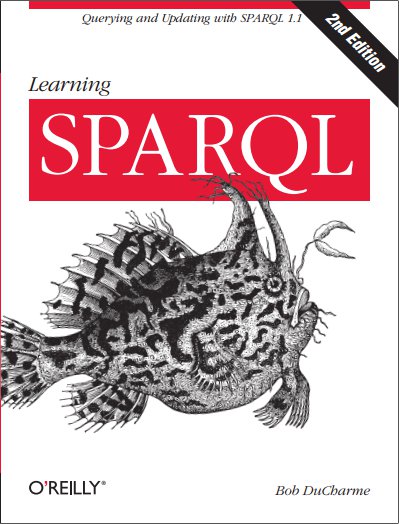When most people want to take notes on a collection of things, and they know that the notes will have some structure but they’re not sure about the nature of that structure just yet, they use a spreadsheet. For each thing that they take notes on, they add a new row; for each attribute of the things under review, they add a column. From an investment banker comparing potential investments to a scout leader planning a camping trip, the grid makes it easy for you to compare similar attributes…
Yahoo! SearchMonkey is one of those interesting, RDF-related technologies that I’d been meaning to check out for a while, and when I saw how much of the reaction to Google’s Rich Snippets was people like Ryan Smith or Peter Mika in the May Semantic Web Gang podcast saying that Google was just doing what SearchMonkey had already done, I knew that it was time to look more closely at SearchMonkey.
After writing a few paid articles and doing a lot of blogging about various issues, features, and trends surrounding the Semantic Web, Linked Data, RDF, RDFa, SPARQL, OWL, and related tools and implementations, I thought it would be nice if I could tie them together into something resembling a cohesive whole. So, I wrote a short essay titled RDF, The Semantic Web, and Linked Data with over 70 footnote links to these various pieces. It will be a handy reference for me in the future, and I hope it…
After writing a few paid articles and doing a lot of blogging about various issues, features, and trends surrounding the Semantic Web, Linked Data, RDF, RDFa, SPARQL, OWL, and related tools and implementations, I thought it would be nice if I could tie them together into something resembling a cohesive whole. So, I wrote a short essay titled RDF, The Semantic Web, and Linked Data with over 70 footnote links to these various pieces. It will be a handy reference for me in the future, and I hope it…

